(Click thumbnail to view entire photograph)
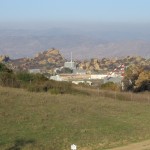 “The RMHF was constructed in 1959 and consists of a group of ten buildings which were built to safely handle new and irradiated nuclear fuel,” says the Department of Energy. “RMHF was later used to support the remediation activities and for temporary storage of radioactive and mixed waste. Building 4022 is the largest of the RMHF structures and was used for the storage of nuclear fuel in dry underground vaults. Building 4021 was used for the cleaning of objects having radioactive contamination. The other RMHF buildings were used for the dry storage of support equipment and supplies, as well as office space. The U.S. Department of Energy (DOE) owns the RMHF.
“The RMHF was constructed in 1959 and consists of a group of ten buildings which were built to safely handle new and irradiated nuclear fuel,” says the Department of Energy. “RMHF was later used to support the remediation activities and for temporary storage of radioactive and mixed waste. Building 4022 is the largest of the RMHF structures and was used for the storage of nuclear fuel in dry underground vaults. Building 4021 was used for the cleaning of objects having radioactive contamination. The other RMHF buildings were used for the dry storage of support equipment and supplies, as well as office space. The U.S. Department of Energy (DOE) owns the RMHF.
“The facility is being deactivated and will be cleaned up and demolished in the near future.
“Building 4022 is a tall building with a large bridge crane above and seven concrete shielded vaults below. The vaults were used for the dry storage of nuclear fuel. The radioactive fuel 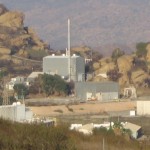 was transported to the building in a shielded container called a cask and the bridge crane was used to raise the cask to a vertical position. The end of the cask was opened and placed over a hole in one of the vault cover blocks and the fuel lowered into a holding rack within the vault.
was transported to the building in a shielded container called a cask and the bridge crane was used to raise the cask to a vertical position. The end of the cask was opened and placed over a hole in one of the vault cover blocks and the fuel lowered into a holding rack within the vault.
“When items such as piping, equipment or tools became contaminated with radioactive materials, Building 4021 was used for their decontamination. Building 4021 was designed for the safe handling of items contaminated with radioactive materials. It had a steel lined floor with drains for capturing liquids, and special air handling equipment to remove contaminants in the air, and equipment such as chain hoists, pressure washers and saws.”
“In 1989, the RMHF was authorized for the storage and treatment of radioactive waste having a hazardous chemical component. The established rules for the safe handling of radioactive materials (under the DOE) were supplemented by the regulations governing hazardous wastes (under the EPA).
The RMHF was allowed to store chemical wastes for longer than 90 days and was allowed to treat small amounts of chemical and radioactive wastes. Small quantities of acids were neutralized in a fume hood using disposable glassware and two mixers were used to stabilize the wastes with concrete and other materials.
“When the wastes have been removed for off site disposal, the facility is required to undergo a process called “closure.” Closure is the process established by the DTSC to ensure the 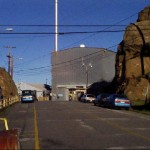 wastes from waste treatment and storage operations are properly managed and to determine if any chemical contamination to the surrounding environment has occurred. The required steps are documented in the RMHF Closure Plan which will be approved by DTSC prior to implementation.”
wastes from waste treatment and storage operations are properly managed and to determine if any chemical contamination to the surrounding environment has occurred. The required steps are documented in the RMHF Closure Plan which will be approved by DTSC prior to implementation.”
RMHF Leach field
“When the RMHF was constructed in 1958, a sanitary septic system was also installed to manage the RMHF domestic sewage from office building and personnel showers. In the early 1960’s, the RMHF sewer line was switched to the newly built SSFL sewage treatment plant; however, the old leach field was left in place.
“The abandoned leachfield was sometimes used for the liquid discharges from a flocculation tower. The flocculation tower was used to separate the radioactive sediment from process water. In the mid 1970’s it was discovered that the leach field had become contaminated with radioactive materials. Personnel removed the contaminated soil and gravel from the leach field and sent for off-site disposal to a low level radioactive waste facility.
“After the soils were removed radioactive contamination was found within the cracks of the underlying bedrock. The leachfield has been surveyed for radiological constituents. The cracks were sealed with tar and the area backfilled with clean soil.
* D&D report for leachfield excavation.
* Leachfield environmental evaluation.
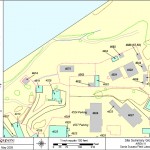
“The leachfield area will be examined for possible further action as a non-time critical removal action. The leachfield will also undergo investigation under the RCRA Corrective Action program.
“In October 2005 Cabrera Services conducted a MARSSIM survey of the canyon to the north of the RMHF, including the leachfield area. The area was found to be suitable for release for unrestricted use with the exception of one small localized area which had Cs-137 contamination slightly above cleanup standards. This area was subsequently remediated in May 2006.
“In the November of 2006 the RMHF drainage pond (Site 4614) was removed and MARSSIM surveyed.
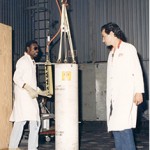 “In March 2007, a report was issued summarizing the current radiological condition of the RMHF structures.
“In March 2007, a report was issued summarizing the current radiological condition of the RMHF structures.
“During early 2007, an Engineering Evaluation / Cost Analysis (EE/CA) was prepared that proposed demolition and off-site disposal of the RMHF. A public meeting was held to solicit public comment. Demolition plans are currently on hold pending completion of an EIS and authorization by DOE.
“During the summer of 2007, Cabrera Services conducted a survey of many of the buildings within the RMHF complex with intent of determining whether the building structures could be classified as “decommissioned material (DM) ” suitable for disposal to a Class 1 hazardous waste landfill. The report titled, RMHF Building Surveys , was issued in October 2007. Though the survey confirmed that many of the building structures were suitable for classification as DM, several others had residual contamination or were such that adequate surveys would be difficult to implement. Thus it was decided that all RMHF building structures would be disposed of as low-level radioactive waste, when demolition occurs following completion of the EIS.
“In February 2008, ORISE performed a verification survey of the RMHF drainage pond (Site 4614) confirming that release limits had been satisfied.”
27 Years of Award-Winning SSFL/Rocketdyne Reporting
1998 – 2025
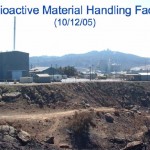
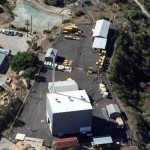
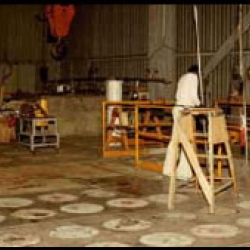
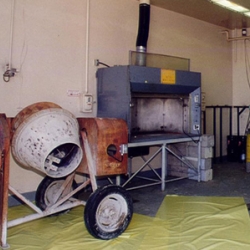
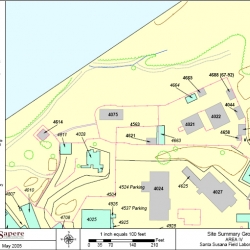
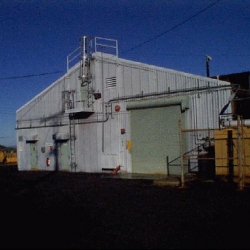
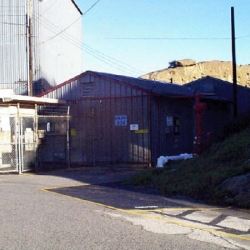
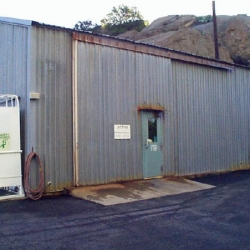
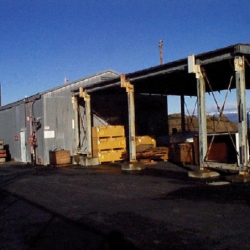
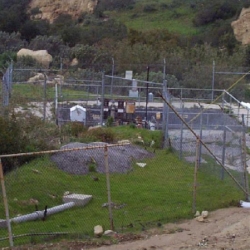
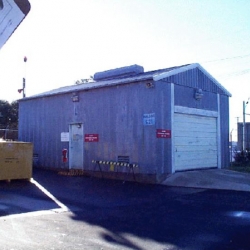
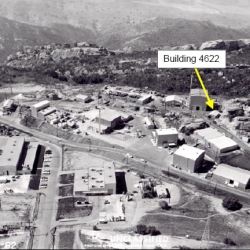
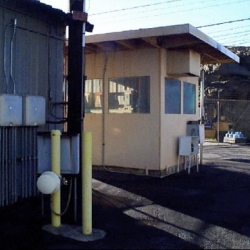
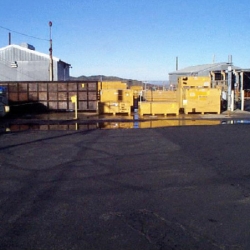
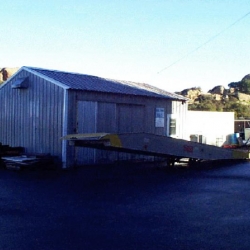
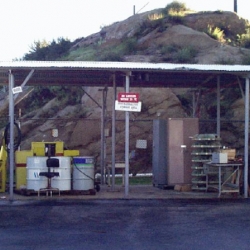
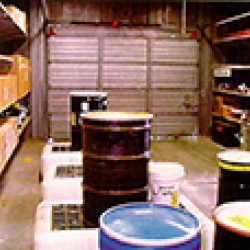
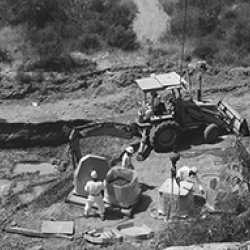
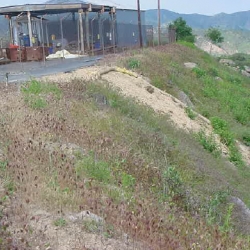
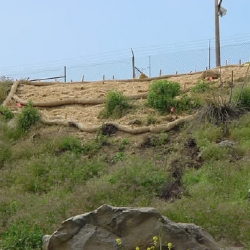












Recent Comments